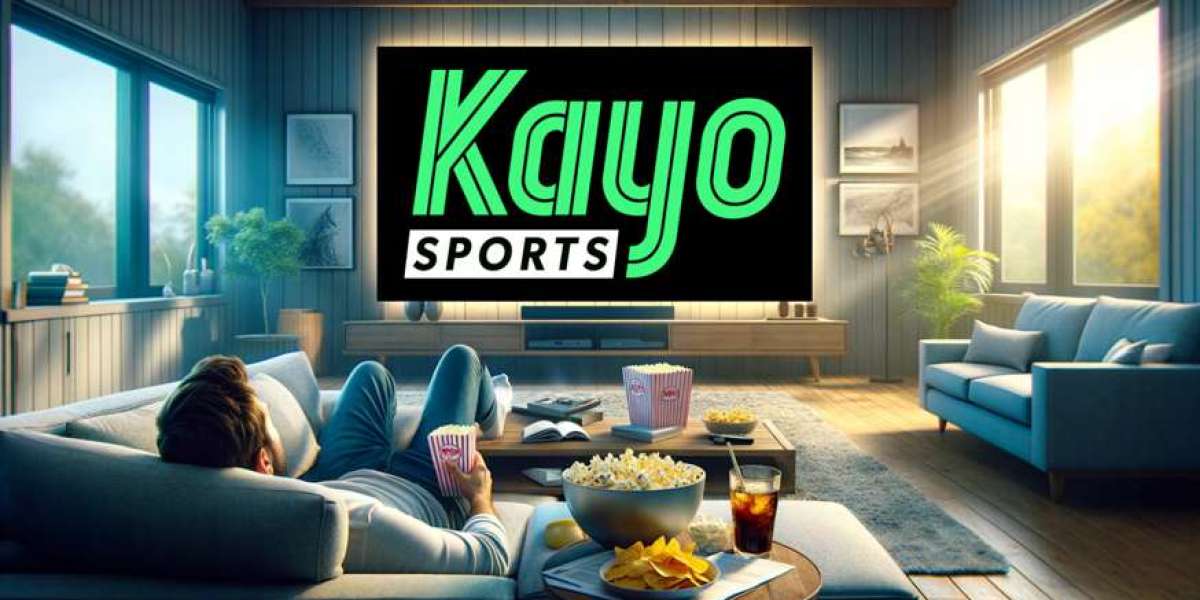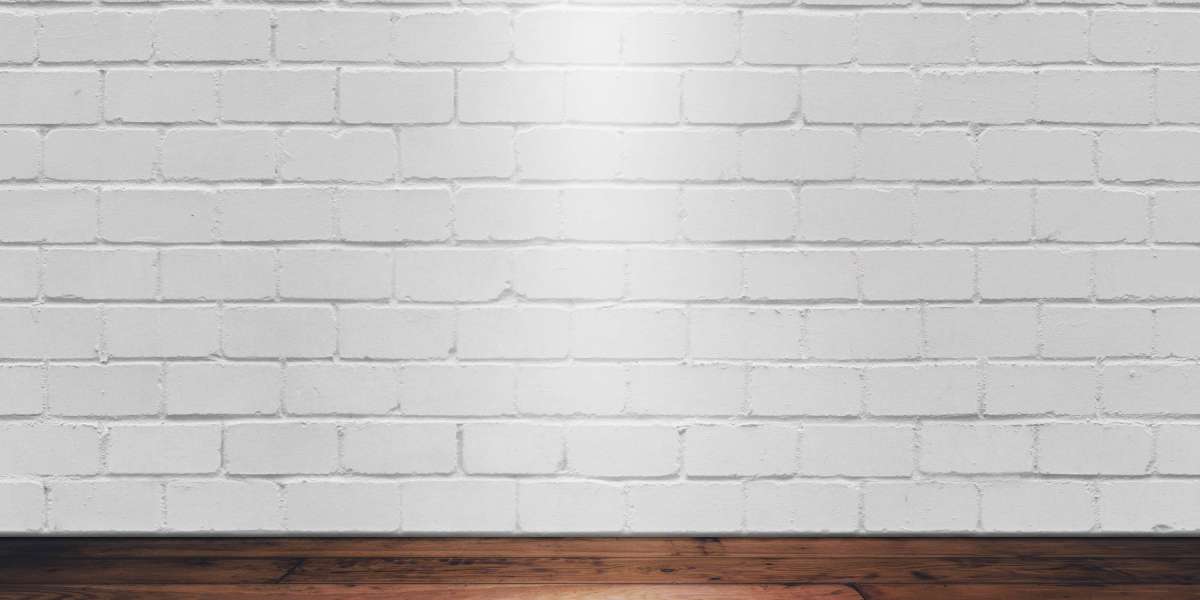Barriers in the Blow Molded Containers Market
The blow molded containers market has experienced significant growth due to the increasing demand for lightweight, durable, and cost-effective packaging solutions across various industries. However, several barriers hinder its expansion and pose challenges to manufacturers and stakeholders. These barriers encompass environmental concerns, technological limitations, economic factors, and regulatory pressures.
1. Environmental Concerns and Regulatory Pressures
One of the most pressing challenges facing the blow molded containers market is the environmental impact of plastic waste. The accumulation of plastic waste in landfills and oceans has led to heightened public awareness and stricter regulations. Governments worldwide are implementing measures to reduce plastic consumption, such as bans on single-use plastics and mandates for increased recycling rates. These regulations compel manufacturers to seek alternative materials and develop sustainable production processes.
The complexity of recycling blow molded plastics further exacerbates the issue. The intricate designs and multi-layer structures of many blow molded containers make them difficult to recycle efficiently. The lack of specialized recycling facilities and technologies limits the effectiveness of recycling programs, leading to a significant portion of these containers ending up in landfills.
2. Volatility in Raw Material Prices
The blow molding process relies heavily on specific raw materials, such as polyethylene (PE), polypropylene (PP), and polyethylene terephthalate (PET). The prices of these materials are subject to fluctuations due to factors like crude oil price volatility, supply chain disruptions, and geopolitical tensions. For instance, events like the 2021 Texas freeze disrupted petrochemical supplies, leading to increased resin costs.
These price fluctuations create uncertainty for manufacturers, affecting their production costs and profit margins. Small and medium-sized enterprises (SMEs), in particular, may struggle to absorb these cost increases, potentially leading to reduced production or even business closures.
3. High Initial Investment and Technological Limitations
Setting up a blow molding facility requires significant capital investment in specialized machinery, molds, and supporting technologies. The high initial costs can be a barrier for new entrants and SMEs aiming to enter the market. Additionally, the complexity of blow molding technology necessitates a skilled workforce proficient in operating and maintaining advanced machinery. The shortage of skilled labor in certain regions can impede the efficient operation of manufacturing processes.
Technological limitations also pose challenges. For example, incorporating post-consumer recycled (PCR) materials into blow molded containers can degrade the quality of the product. Recycled PET (rPET) tends to degrade faster during blow molding, limiting its use to a certain percentage without compromising clarity and strength.
4. Logistical Complexities and Supply Chain Challenges
Blow molded containers, especially large items like industrial drums and automotive fuel tanks, often have bulky and irregular shapes. This irregularity leads to suboptimal utilization of trailer space during transportation, increasing logistics costs. For instance, transporting hollow products can occupy 40% more trailer space than equivalent solid products.
Supply chain disruptions, such as the 2021 Suez Canal blockage, can further exacerbate logistical challenges. These disruptions can lead to delays in delivery, increased inventory holding costs, and strained relationships with customers. Additionally, the reliance on global supply chains for raw materials and components makes manufacturers vulnerable to geopolitical tensions and trade restrictions.
5. Competition from Alternative Materials
The growing emphasis on sustainability has led to increased competition from alternative packaging materials like glass, metal, and paper-based containers. These materials are often perceived as more eco-friendly due to their recyclability and lower environmental impact. As consumer preferences shift towards sustainable options, manufacturers of blow molded containers must innovate to offer products that meet environmental standards without compromising on performance and cost-effectiveness.
6. Energy-Intensive Manufacturing Processes
Blow molding is an energy-intensive process, consuming 30-50% more energy per unit than injection molding due to prolonged heating and cooling cycles required for parison formation. The high energy consumption increases production costs and contributes to the carbon footprint of manufacturing facilities.
In regions where energy prices are volatile or high, such as Europe, manufacturers may face increased operational costs. For example, European blow molders saw energy expenses jump by 180% between 2021 and 2022, forcing some to reduce production or seek alternative energy sources.
Conclusion
While the blow molded containers market offers numerous opportunities, it is also confronted with several barriers that can impede its growth. Addressing these challenges requires a concerted effort from manufacturers, policymakers, and consumers. Embracing sustainable practices, investing in technological advancements, and fostering collaboration across the supply chain can help mitigate these barriers and pave the way for a more resilient and eco-friendly blow molded containers market.







